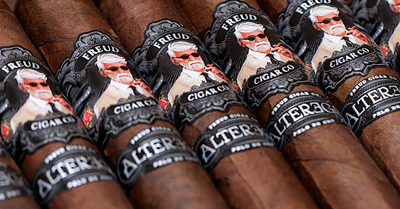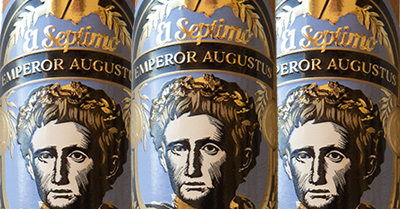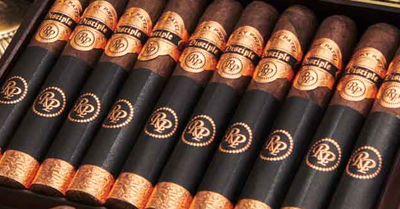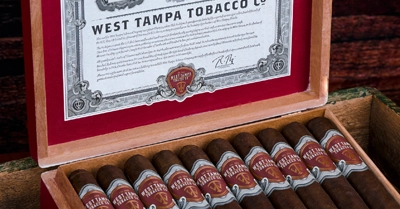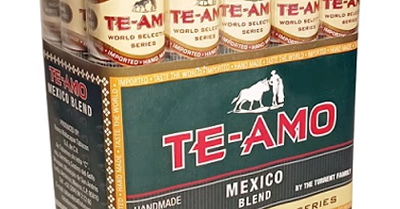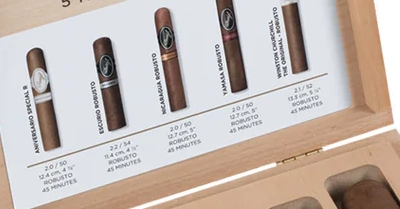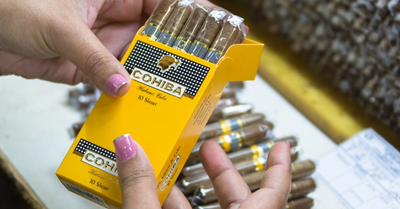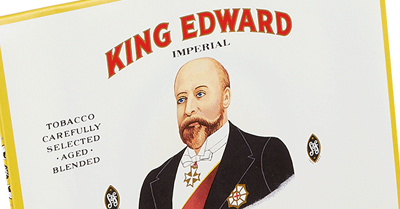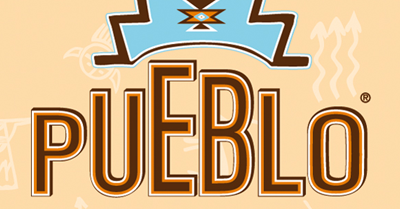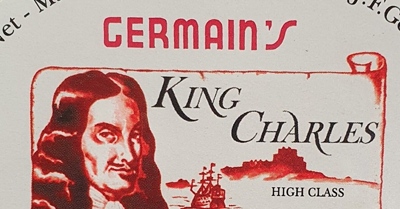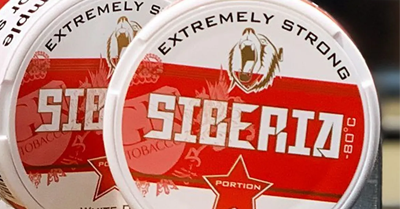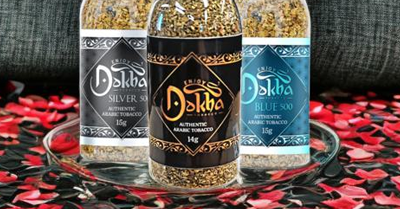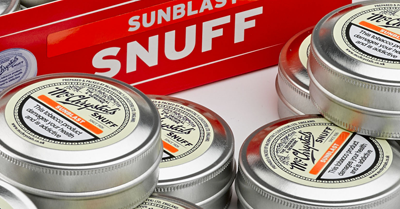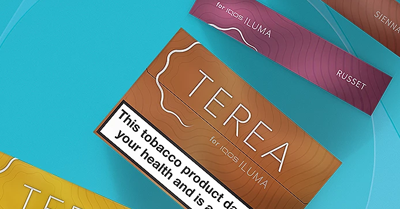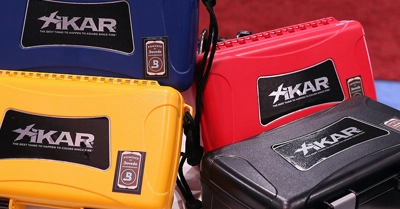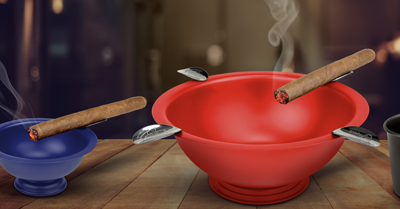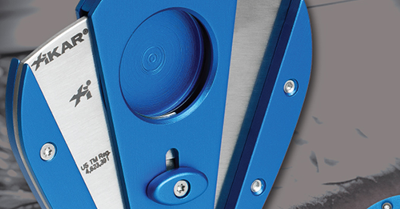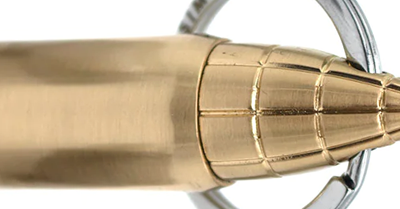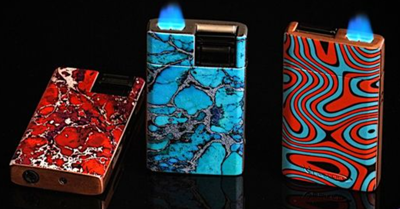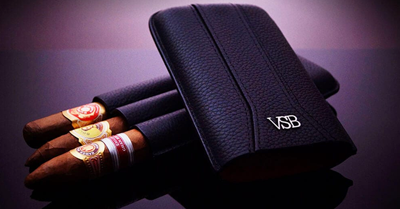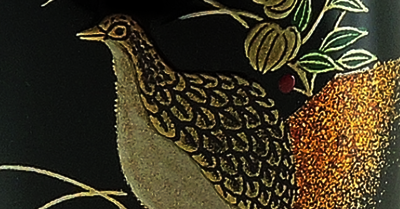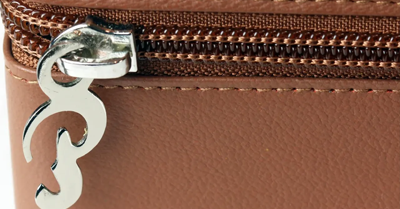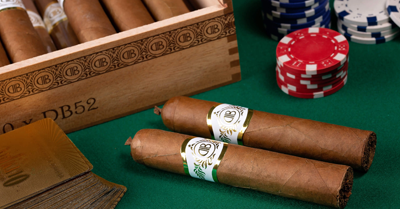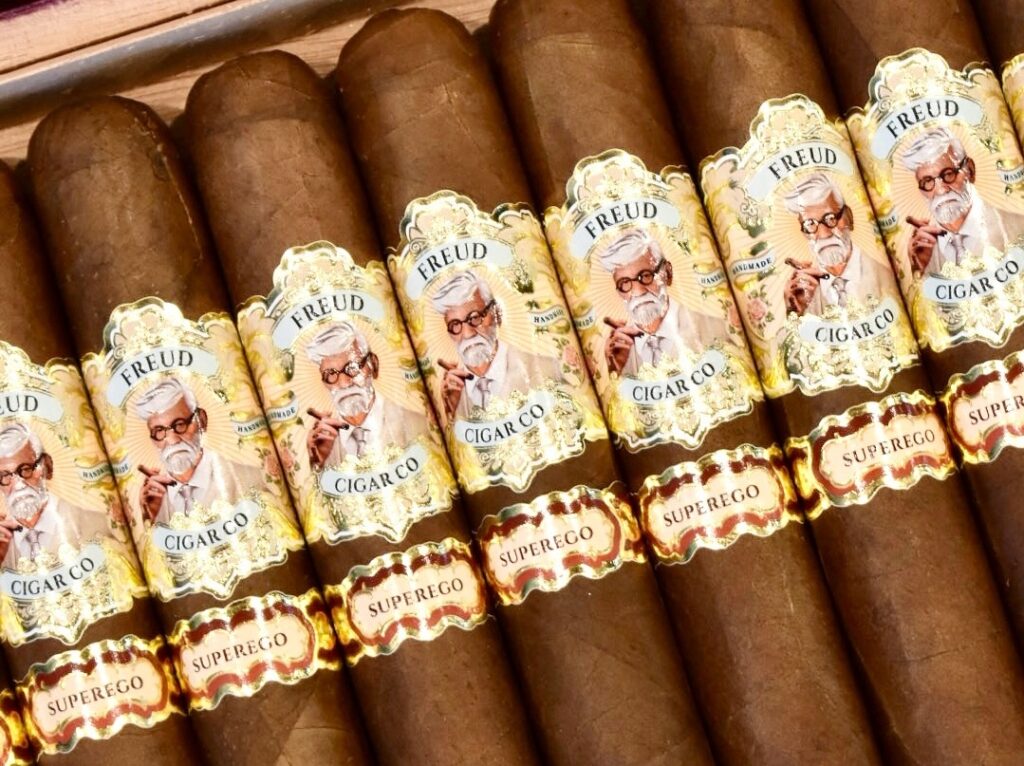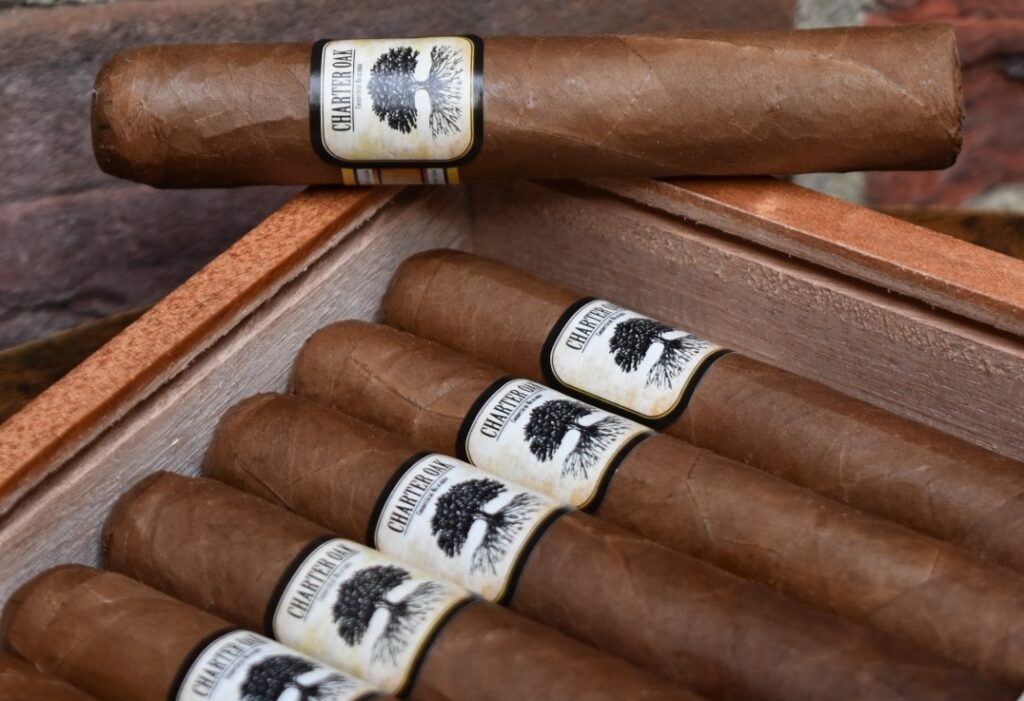For cigar smokers, presentation and craftsmanship are part of the experience. While most cigars are finished with a standard rounded cap, some feature a distinctive little twist of tobacco at the head. Known as a pigtail cigar, this detail isn’t just decorative; it also offers smokers a unique way to prepare their cigar. But what exactly are pigtail cigars, and how do you cut (or even not cut) them?
What Is a Pigtail Cigar?
A pigtail cigar is a handmade cigar finished with a small knot, swirl, or tightly twisted piece of tobacco leaf at the cap. This pigtail is formed by the torcedor (roller) during the final stage of rolling. Instead of being trimmed flat or rounded like a standard cigar cap, the tobacco is twisted and secured, leaving a characteristic little tail.

The History of Pigtail Cigars
The tradition of finishing cigars with a pigtail dates back to classic Cuban craftsmanship. Master rollers would often leave a flourish at the cap, showcasing their skill and giving the cigar a distinctive look.
Many Cuban brands, such as Cohiba, Bolívar, and Trinidad Cigars, have historically released vitolas (sizes/shapes) with pigtail finishes. In the past, when cigar cutters were less common, the twisted pigtail offered smokers a way to open the cigar without a tool. A quick twist or snap could expose the filler for smoking.
Today, pigtails are found not just on Cuban cigars but also in New World brands from Nicaragua, Honduras, and the Dominican Republic. They’re often used on limited editions or artisanal releases to highlight craftsmanship.
Why Are Cigars Rolled With Pigtails?
- Tradition & Craftsmanship: The pigtail finish showcases the roller’s skill and adds a touch of artistry.
- Practical Function: It gives smokers an alternative way to open the cigar, sometimes without a cutter.
- Aesthetic Appeal: Pigtails are eye-catching, setting the cigar apart visually from regular caps.
You’ll often see pigtails on premium handmade cigars, especially limited editions or traditional Cuban styles, though many New World brands also use them.
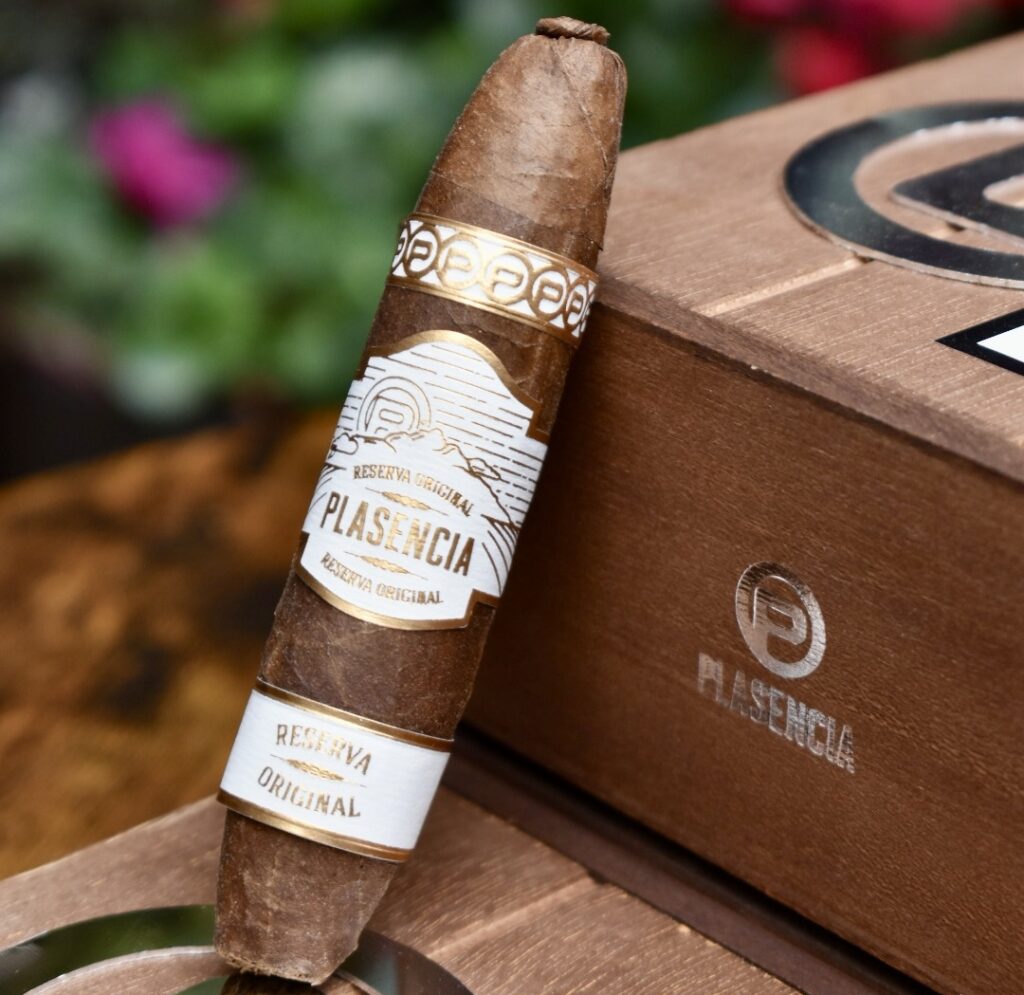
Do You Need to Cut a Pigtail Cigar?
Not always – that’s one of the advantages of the design. A pigtail cigar can be enjoyed in a couple of different ways:
Pinch & Twist
Best for smokers who want to avoid carrying a cutter.
- Hold the pigtail between your fingers.
- Give it a firm twist or snap.
- The cap usually pops off cleanly, leaving a small opening.
Cut It Like a Standard Cigar
Preferred by those who like precision or want to avoid a too-small opening. Use a guillotine, punch, or V-cutter, just as you would with a normal cigar. Cutting ensures a neat, consistent draw.
The Best Way to Cut a Pigtail Cigar
While both methods work, most aficionados recommend using a cutter for the cleanest experience. Here are some considerations:
- Straight Cut (Guillotine): Offers the most open draw, perfect for larger ring gauges.
- Punch Cut: Works well if you just twist off the pigtail first and then punch through the cap.
- V-Cut: Less common with pigtails, but can give a concentrated draw with more smoke delivery.
If you want to keep the smoking experience as the roller intended, simply twisting the pigtail off by hand is the most traditional method.
Tips for Smoking Pigtail Cigars
- Don’t Over-Twist: If you twist too hard, you risk unravelling the wrapper leaf. A gentle snap is enough.
- Check the Draw: After opening, test the airflow. If it’s too tight, a quick snip with a cutter can help.
Pigtail cigars are a small but meaningful detail in the cigar world, a nod to tradition, artistry, and practicality. Whether you prefer the old-school twist-off method or the precision of a clean cut, smoking a pigtail cigar lets you enjoy both the heritage and the craftsmanship that go into fine hand-rolled cigars.
Next time you spot that little swirl of tobacco at the head of a cigar, you’ll know you’re holding more than just a smoke, you’re holding a piece of cigar-making history.
Want to try out a pigtail cigar for yourself? Check out our recommended pigtail cigars here!




